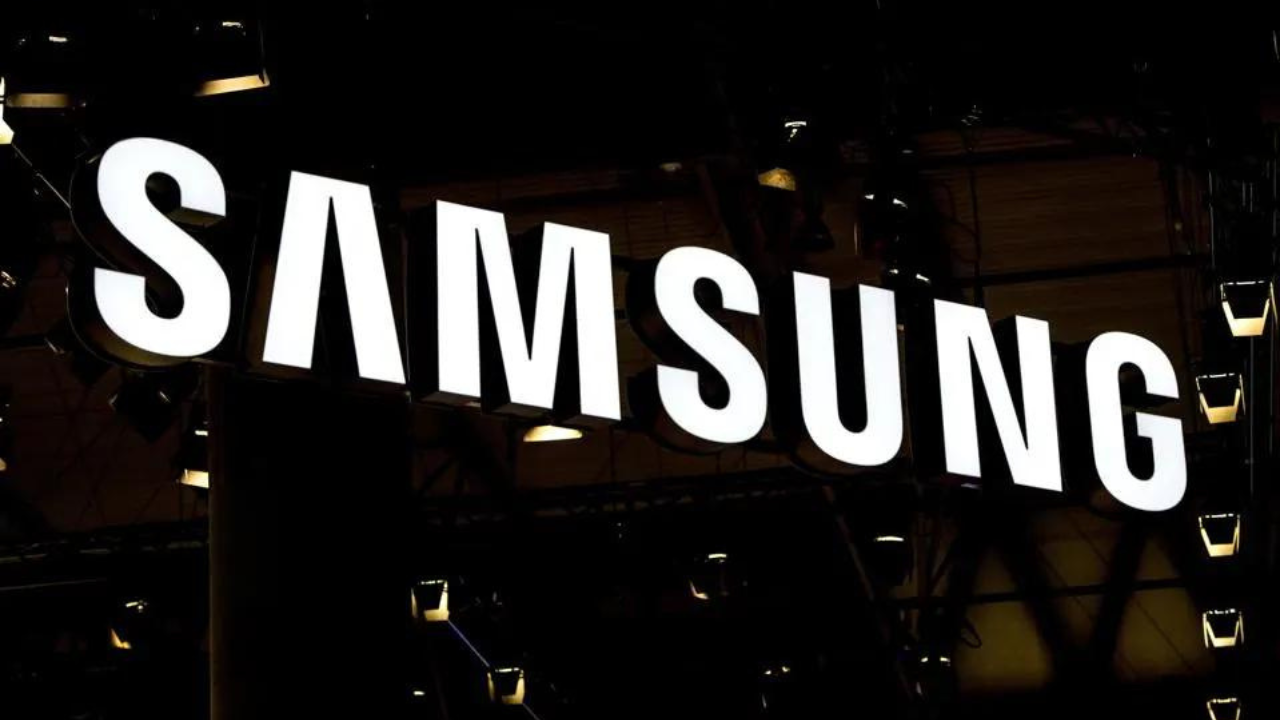Key Points:
- Samsung workers’ strike, declared over wage negotiations, is not anticipated to hinder semiconductor production, according to TrendForce.
- Despite involving a significant number of employees, the strike is limited to a one-day collective leave and primarily affects administrative staff rather than production lines.
- The strike coincides with a public holiday and ongoing downward trend in DRAM and NAND Flash prices, mitigating potential disruption further.
In a recent development at Samsung Electronics, the company’s largest labor union announced a strike over stalled wage negotiations. This announcement initially raised concerns about possible disruptions in the semiconductor supply chain. However, according to a report by TrendForce, such worries may be unwarranted.
Scheduled for May 29 with a follow-up collective leave on June 7, the strike involves approximately 28,000 employees, roughly 20% of Samsung’s workforce. Despite this significant number, TrendForce maintains that semiconductor production, particularly in DRAM and NAND Flash, will remain largely unaffected.
Several factors support this assertion. Firstly, the strike primarily affects administrative staff at Samsung’s headquarters, who aren’t directly involved in production processes. Additionally, the strike’s duration falls within the range of flexible production scheduling. Moreover, the timing coincides with a public holiday in South Korea, facilitating preemptive adjustments in manpower allocation.
Furthermore, semiconductor fabrication relies heavily on automated processes, minimizing the impact of human labor disruptions. Given these considerations, TrendForce predicts no substantial disruption to Samsung’s semiconductor production or supply chain due to the strike.

Leave a Reply